
20230720
<La Vie Tang>The Fort of Great Antiquity on the Northern Seashore
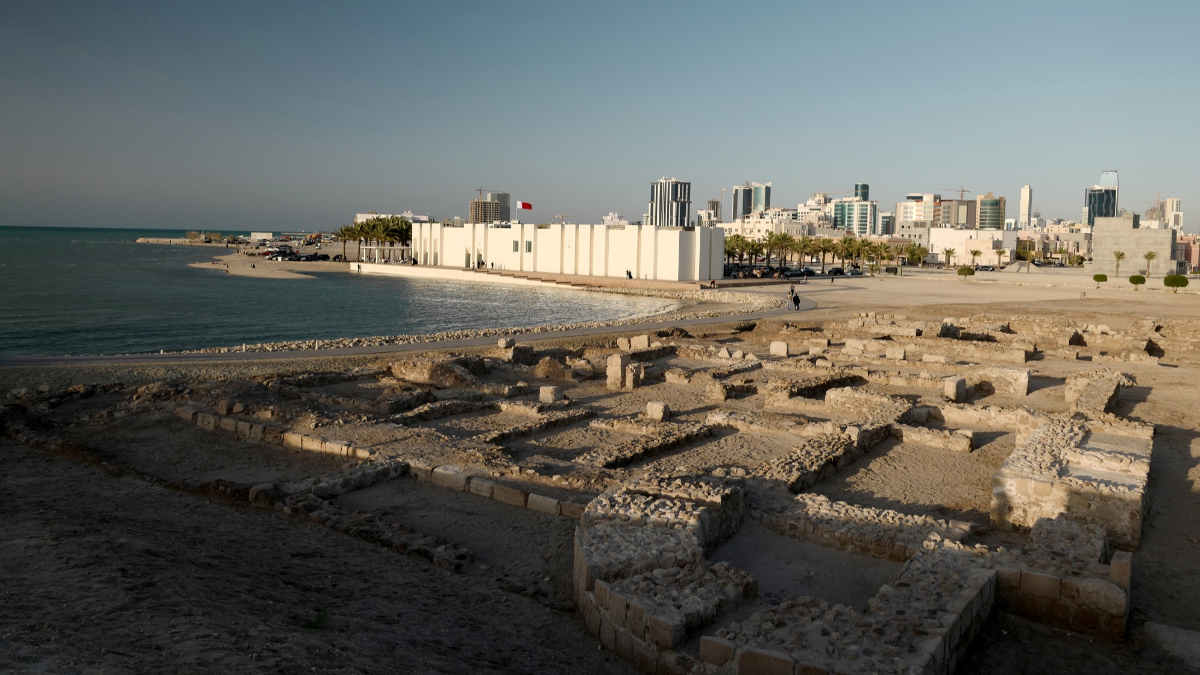
There is an ancient fort on the northern seashore of Bahrain, a representative landmark that appealed to me not very much at the beginning. Fort remains of this kind hardly fascinate me, not to mention ancient traces in such a small space, but I still followed the tour guide to pay a visit to the Fort. My initial planning was to cast a passing glance at the site without expecting any pleasant surprise; however, that was a rewarding visit exceeding my expectation. I actually lingered over viewing and admiration as well as rejoiced to be the guest of the historic site.
Bahrain Fort, also known as Qal'at al-Bahrain, is one of the forts created under Portugal colonial domination between 1512 and 1622, also namely Portuguese Fort. Towering 12 meters to the top, the archaeological site is composed of a stage-shaped artificial mound created by human inhabitants. When looking northward from the ruins, I somehow indulged in this poetic beauty, like some once describing ‘facing the ocean with spring blossoms’, or like what the renowned Portuguese poet Luis da Camoes once composed for Cabo Da Roca, ‘Onde a terra acaba e o mar começa’ (Where the land ends and the sea begins).
In fact, the fort contains seven stratified layers indicating seven individual civilizations from varios occupants of different times, including Kassites, Greeks, Persians Portuguese and a lost ancient civilization at the earliest, Dilmun Civilization. From archeological excavation and research, the region was once the capital of the Dilmun Civilization in 2300 BC.
The account of Dilmun Civilization was first revealed in cuneiform-written literature by Sumerians from the ancient Mesopotamia civilization, and according to the myth, it was ‘where the sun rises’, ‘the land of immortality’. Later the Epic of Gilgamesh mentioned Dilmun Civilization as well. Nowadays, experts believe that the boundary of the ancient civilization lies in today’s Bahrain, Kuwait and coastlands of eastern Saudi Arabia. At its fullest extent, it was a significant trade civilization that even controlled the trade routes of the Persian Gulf.
The Dilmun Civilization, once taking a place in history, now can only be found in a few archeological records, and fortunately the site preserves former walls, stone houses, street projects and facilities for commercial, military and religious purposes, at the same time, testifying to a continuous human presence from about 2300 BC to the 16th century AD. Going through all the vicissitudes of history over centuries, many facilities have now turned into ruins, which seems to me straightening its remaining spine for the past brilliance while lamenting and whimpering quietly for its forgotten ancient civilization. Fortunately, it was inscribed as a UNESCO World Heritage Site and the excavation has been ongoing. More relics are expected to be unearthed to reinterpret its former elegance.
I stood on the wall of dilapidation and looked at the fall of the sun and the ebb tide, with the contemplation on the passage of time suddenly overwhelming me.
As a matter of fact, there exits another place on the island, a substantial evidence of Bahrain’s brilliant civilization in ancient times. The island boasts the largest prehistoric grave mass in the world that gives the island another name ‘Island of Tombs’ or ‘Island of Death’. Instead of approaching the burial ground to the west of Manama, I only took a distant view in the car. Hundreds of thousands of tombs, high and low, tightly stack up together and as my tour guide introduced, these mounds variable in size cover an area of approximately 30 square kilometers. In 1879, the excavation was initially carried out by the British who discovered the extensive graveyards. In 1950s, a Danish archaeological team launched a further excavation and unveiled the stunning truth that the mounds actually contain multiple stratified layers. It turns out that over long years, the mound mass is formed from the accumulation of tombs accumulating tombs where later generations built graves on those of the predecessor that were gradually buried by sand. Some mounds are even up to 10 meters in height. Meanwhile, archaeologists have also discovered ancient settlements and town sites beneath tens of hundreds of tombs and nearby areas, many of which are burial objects and cultural relics now being displayed in the Bahrain National Museum.
So far, I have explored four of the Five Firsts. A myriad of thoughts, the inspiration from life, the meditation on the past, the genuine admiration for the discovery and the deep sigh with feelings at the civilization, crowded into my mind, and it was long before that I could calmed down.
Tang Yu Lap
Hantec Honorary Advisor

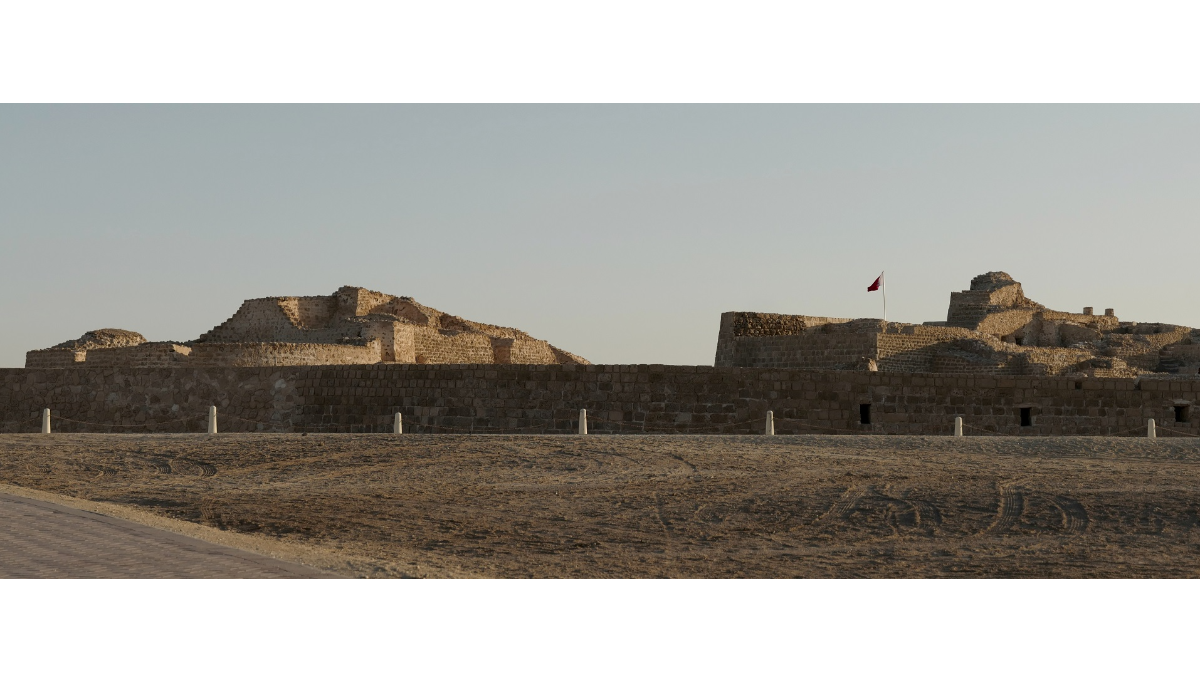


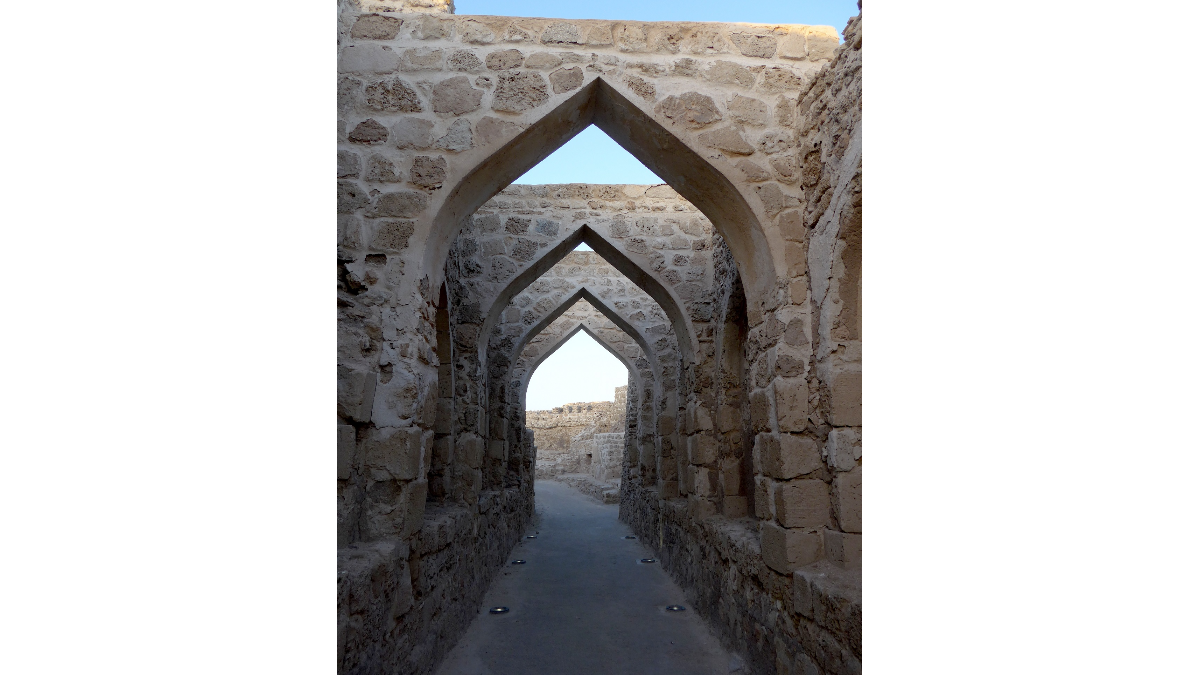
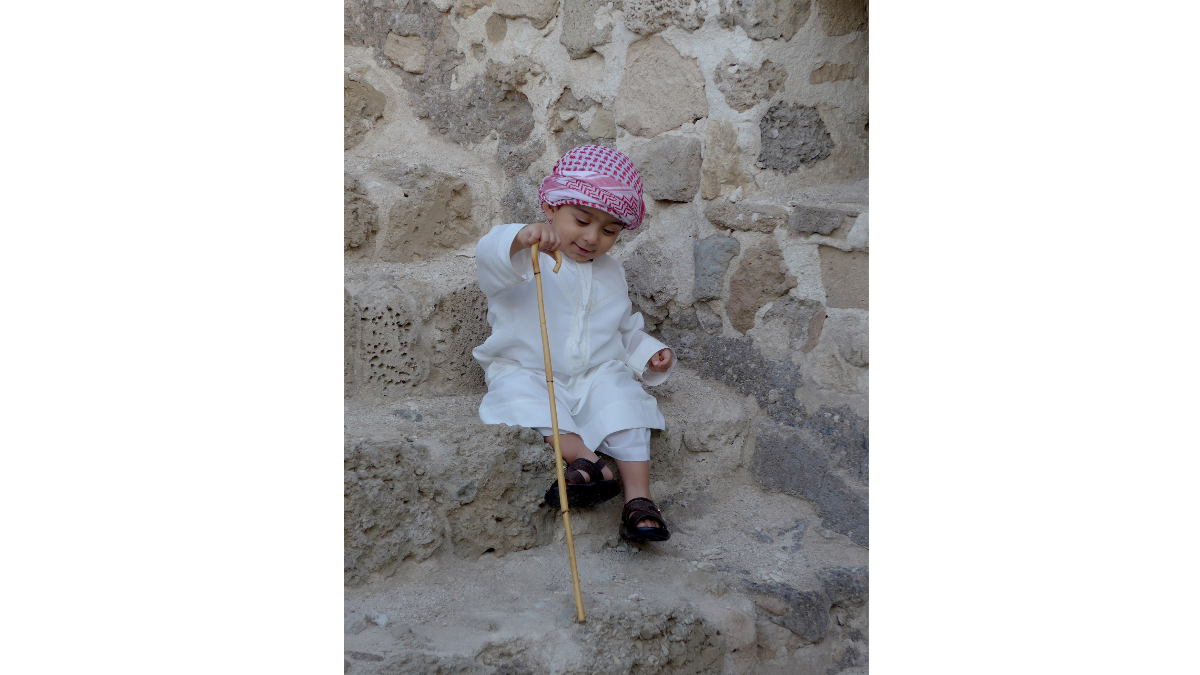
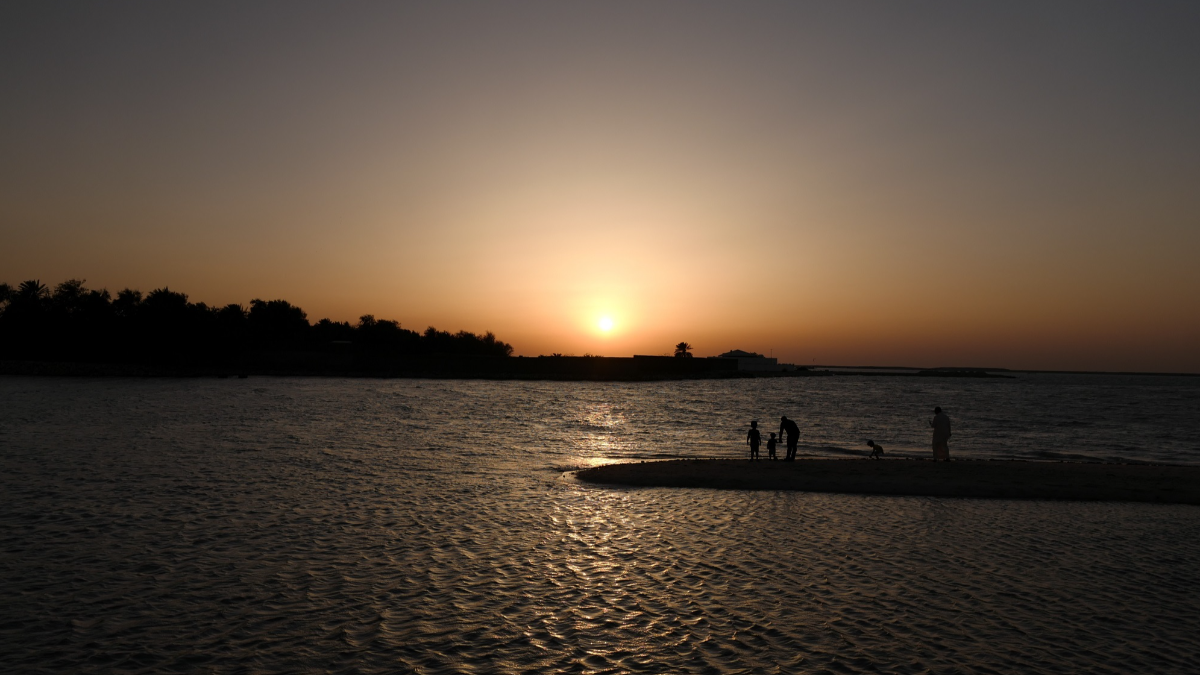
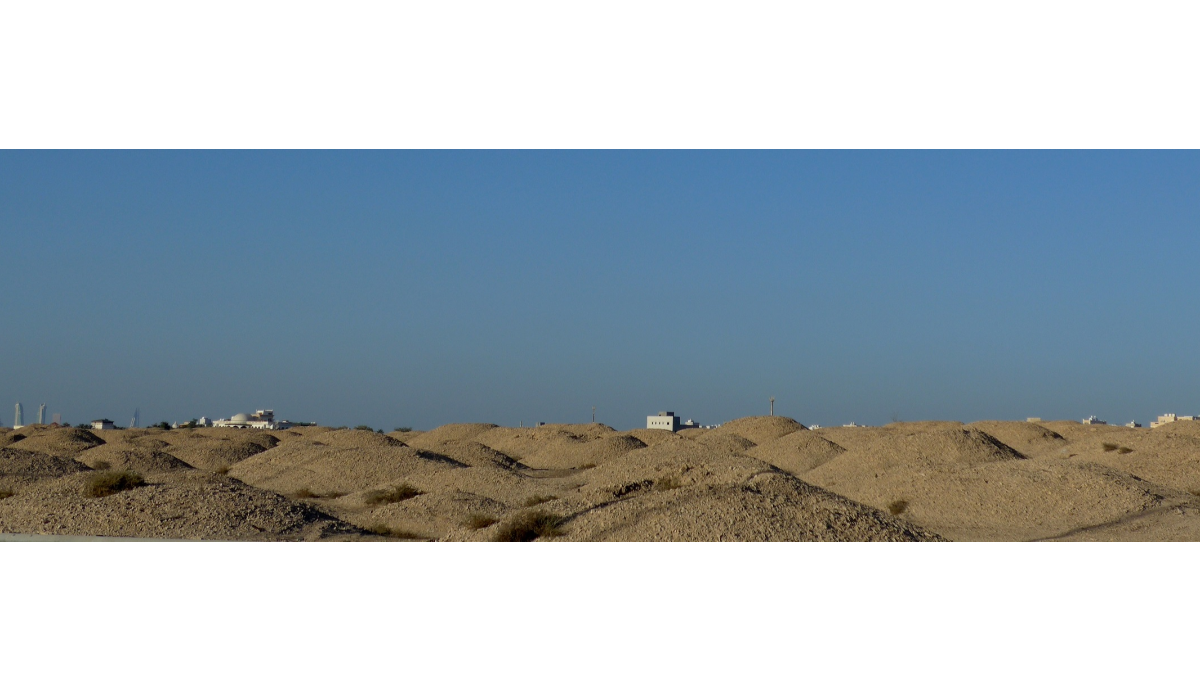

The Bahrain Fort dominating the seashore
Extended Reading
亨達30載系列 - 開拓高級紅酒市場 創立薇娜利雅國際貿易
BY Digital Marketing FROM Hantec (Yangzhou) Water Supply Company Limited
亨達集團主席接受文匯報訪問表示劵商盼分享大灣區商機
BY Group Branding and Promotion FROM Hantec Group
《旅遊記疫:老玩童西藏自駕遊》New Book Sharing Conference Held Successfully
BY Group Branding and Promotion FROM Hantec Group
Units B-C, 1/F, Wing Sing Commercial Centre, 12 Wing Lok Street, Sheung Wan, HK
(852) 2810 0332
1276, 1st Floor, Govant Building, Kumul Highway, Port Vila, Republic of Vanuatu
(852) 2214 4183